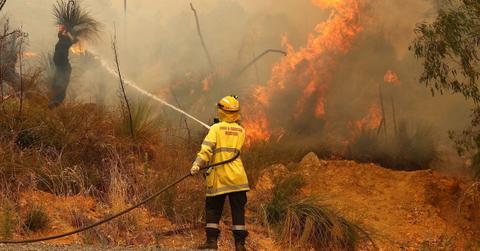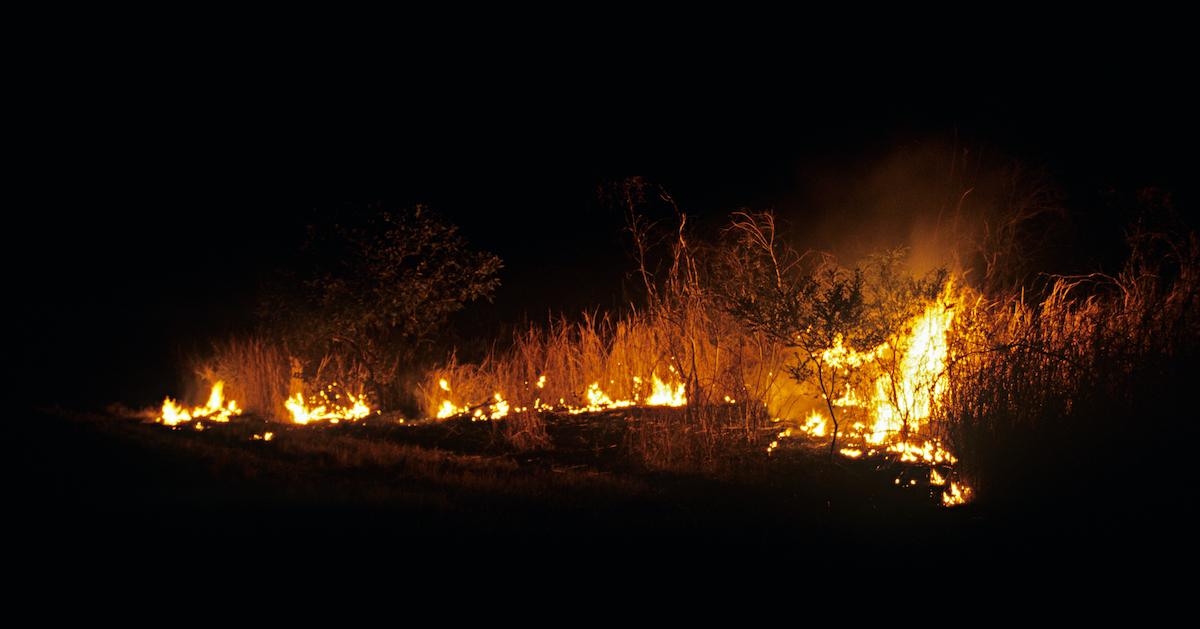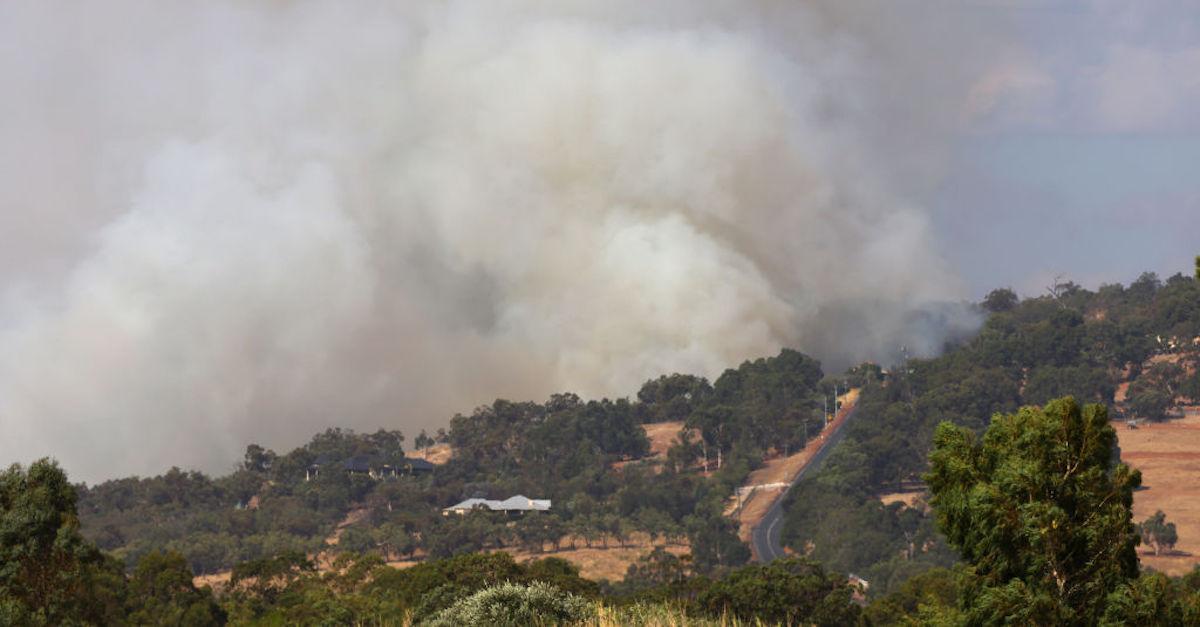Australia Is Experiencing an Influx of Wildfires, Once Again
Published Feb. 4 2021, 11:19 a.m. ET

At the start of 2020, countries worldwide were just starting to grapple with the effects of the the pandemic, but at the same time, Australia was also suffering from devastating bushfires that tore through communities, resulting in countless fatalities, and massive amounts of land damage. And although the climate crisis-fueled fires were mostly extinguished by May, a dry, hot summer has sparked wildfires in Australia, once again, displacing communities that were quarantining from the ongoing coronavirus.
“A number of homes have been lost and the morning winds are predicted to turn from easterly to north-westerly. Weather conditions are extremely volatile," said Western Australia Premier Mark McGowan, as per The Guardian. “Please do everything you can to keep you and your family safe and look after each other.”

Where are the 2021 Australia wildfires?
As of Wednesday, Feb. 3, over 70 homes were consumed by wildfires in Australia's west coast city of Perth, which has been in COVID-19 lockdown since Sunday, Jan. 31, as per the Associated Press. Thus far, the fires have ravaged over 9,000 hectares (22,200 acres) of farmland across Eastern Perth, and they're forecasted to continue for the next few days, with predicted high winds and no rain until Sunday, Feb. 7. Without moisture — and with strong winds — fires are more susceptible to continue burning and spreading.
A firefighting Boeing 737 was flown in from New South Wales, as per The Guardian, to help extinguish some of the fires and alleviate some of the smoke. Although high humidity has helped extinguish the fires, thick smoke and high winds are making it difficult to control. On Tuesday, Shady Hills residents were evacuated, and as of Wednesday, the fires were just west of two large towns, Ellenbrook and Aveley. The shires of Mundaring, Chittering, Northam, and the City of Swan have also been affected.

DFES Commissioner Darren Klemm addresses the media at Mundaring Arena on Feb. 4, 2021 in Perth, Australia. The fire was reported at 12:02 PM on 1 February and the Rapid Damage assessment team have identified 81 homes have been lost to the blaze, with more than 10,463 hectares burnt in the Perth hills area.
What caused the 2021 Australia wildfires?
Many pointed to climate change as the root cause of the 2019-2020 Australian bushfires, and now, experts are looking at global warming as the leading cause of the 2021 wildfires, as well. The most recent wildfires began with a small house fire on Tuesday, Feb. 2, according to The New York Times, but, hot, arid summer temperatures, extremely dry vegetation, and very little rain has caused the fire to spread quickly and aggressively.
Many communities in Australia are well-prepared for fires at this point, though the issue has been exacerbated by a mandated lockdown that started on Sunday, due to the ongoing coronavirus. Battling both issues — COVID-19 and the fires — at the same time has been a huge struggle, and with everyone currently in their homes, evacuating has been difficult.
"[We're] battling two different kinds of emergencies," said McGowan, as per The Guardian.
“It is going to be an extremely challenging day for everyone involved... Please do everything you can to keep you and your family safe and look after each other,” he said.

Between rising COVID-19 cases and the fires, Western Australia is seriously struggling right now. Stay updated with evacuation announcements, and watch out for your loved ones.